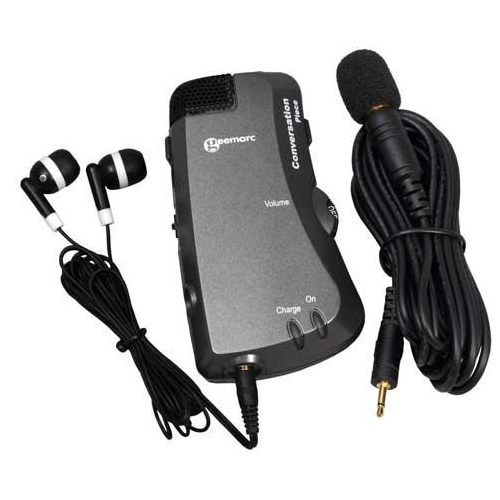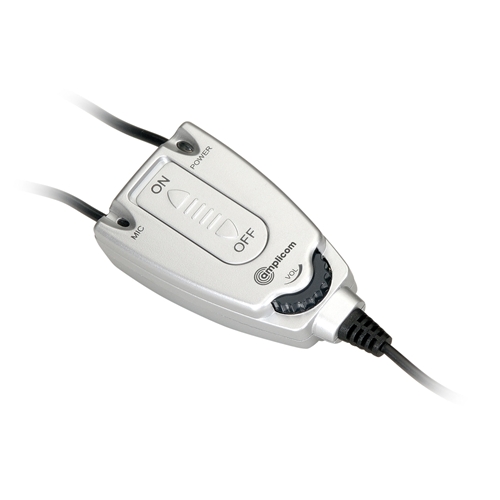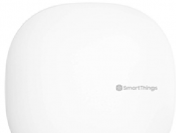“What? Are you talking to me?†was my friend Jack’s reply to fifty percent of the questions anyone asked him – that is, before he got himself a personal amplifier. A personal amplifier is a compact, portable device that improves one’s ability to hear speech in conversations, TV programs, small meetings or noisy restaurants.
Chances are you know someone like Jack who has difficulty hearing in certain settings but refuses to wear a hearing aid. In fact, statistics indicate that 17 percent of American adults suffer from some degree of hearing loss, but only one out five people who would benefit from a hearing aid actually wears one. So for all of those people like Jack, a personal amplifier is a great tool.
Great Way to Turn Up the Volume
What exactly is a “personal amplifier?†It’s a portable “assistive listening device†with a microphone and a headset that boosts sounds closest to the listener while reducing background noises. Jack has a Geemarc Amplified Hearing Assistant that can amplify volume up to 25dB, making it a lot easier for him to carry on a conversation in a loud restaurant or while flying in a noisy airplane, for example.
 Doesn’t Look Like a Hearing Aid
Doesn’t Look Like a Hearing Aid
Unlike a hearing aid that is typically worn all day, a personal amplifier can be taken out and used only when necessary. That feature seems to be especially appealing to people like Jack who don’t want to wear visible hearing aids. He also likes the personal amplifier’s earbud-style headset, which looks just like the earbuds you use with a portable music player.
Makes TV Listening Private
Personal amplifier systems have a built-in microphone for close-up listening, but they can easily be adapted for TV listening by placing an extension microphone next to the television’s speaker. This setup is a win-win for the entire household because it allows the user to hear their TV program clearly without having to crank up the volume to a level that bothers everyone else.
Works with Hearing Aids Too
 Personal amplifiers are ideal for people with mild to moderate hearing loss, but they also benefit people with hearing aids by blocking out background noises and amplifying nearby voices. Hearing aids wearers should choose a personal amplifier with a built-in T-coil receiver and purchase a hearing aid compatible headset to replace the standard earbud headset. Or, they can wear an “induction neckloop†that plugs right into their personal amplifier and sends incredibly clear sound directly into a user’s T-coil equipped hearing aid.
Personal amplifiers are ideal for people with mild to moderate hearing loss, but they also benefit people with hearing aids by blocking out background noises and amplifying nearby voices. Hearing aids wearers should choose a personal amplifier with a built-in T-coil receiver and purchase a hearing aid compatible headset to replace the standard earbud headset. Or, they can wear an “induction neckloop†that plugs right into their personal amplifier and sends incredibly clear sound directly into a user’s T-coil equipped hearing aid.
Great for Mild to Moderate Hearing Loss
For the many adults with mild to moderate hearing impairment – like my friend Jack — a personal amplifier can make it easier to hear voices in conversations, small meetings, restaurants and while watching TV.  However, anyone who suspects that they have a serious hearing impairment should see a doctor or hearing health care professional and have their hearing tested.





